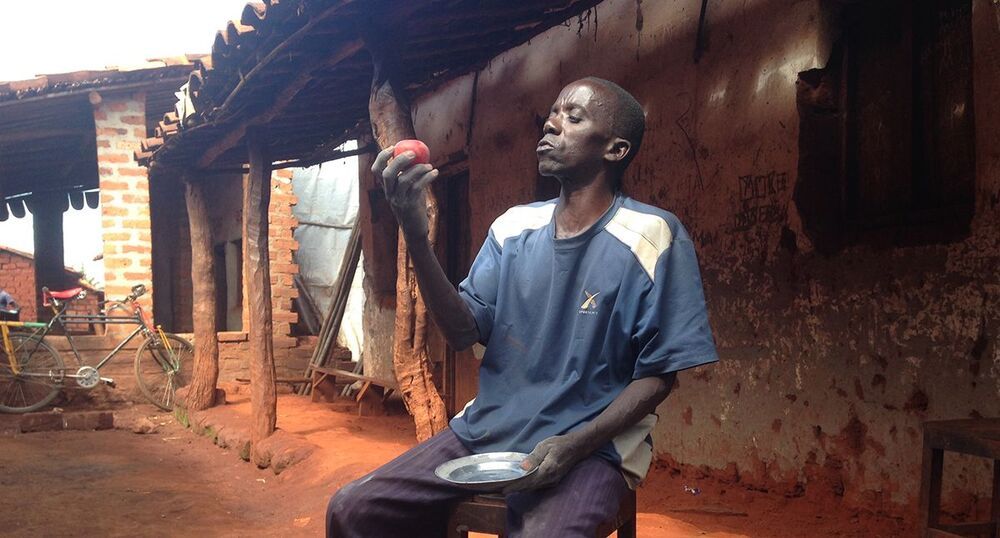Jan 3, 2021
From mealworms to ‘miracle’ berries, EU sees boom in novel food applications
Posted by Derick Lee in categories: business, food
The European Food Safety Authority has taken in more than 156 innovative food applications for substances such as apple cell cultures and mung bean proteins since January 2018, when new EU legislation took effect, aiming to make it easier for businesses to bring their unusual products to market. Of those 156114 are still under consideration, 39 were approved and three were rejected, officials said.
More products have been submitted for approval since 2018 than in prior 14 years combined.


















